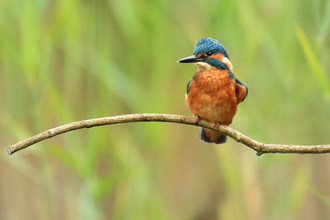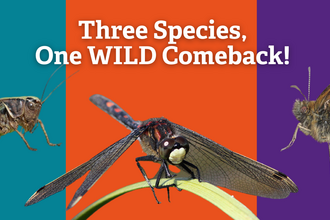Wet, acidic, low nutrient conditions mean that peatlands are some of our most precious wild places. Home to rare, endangered and completely specialist plants and animals, they are incredibly valuable and need our protection from threats like development and peat extraction.
Peatlands also store carbon dioxide, making them invaluable in an age where climate change issues are rife. And did I mention they can help prevent flooding?







